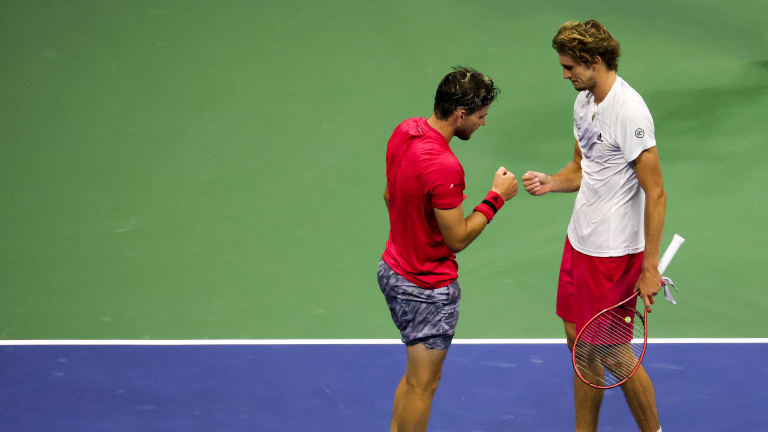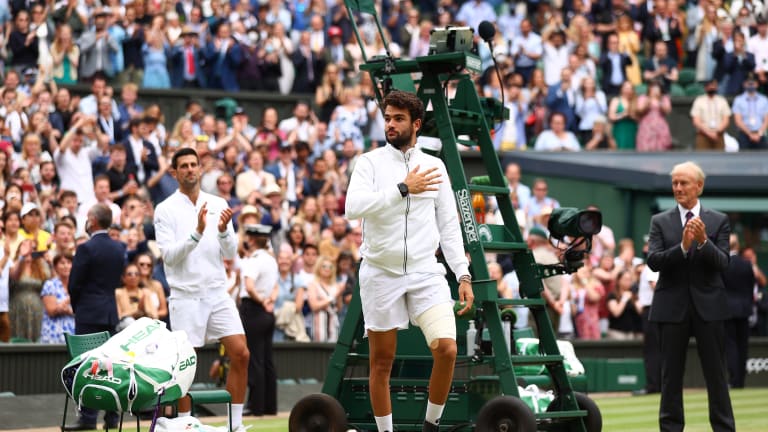Facts & Stats
With a suddenly hobbled Big Three, Zverev, Thiem, Tsitsipas, Medvedev and Berrettini have an opportunity—if they can get past the early rounds
By Aug 12, 2021Facts & Stats
Novak's 99 Titles—a Djokovic deep dive: What they are, where they were won, when he did
By Mar 30, 2025Facts & Stats
Alexandra Eala's breakthrough run to the Miami Open semifinals: 10 of the best stats and records
By Mar 29, 2025Facts & Stats
10 things to know about Diego Schwartzman's career as he retires from tennis in Buenos Aires
By Feb 11, 2025Facts & Stats
20 sin-sational things Jannik Sinner achieved by winning the Australian Open this year
By Jan 30, 2025Facts & Stats
20 magnificent things Madison Keys achieved by winning the Australian Open
By Jan 28, 2025Facts & Stats
Madison Keys: First woman in 20 years to beat Top 2 en route to Australian Open title
By Jan 25, 2025Facts & Stats
Ageless Gael Monfils ousts Taylor Fritz in Melbourne for first career Top 4 major win
By Jan 18, 2025Facts & Stats
Aryna Sabalenka, Iga Swiatek and Coco Gauff to battle for No. 1 ranking at Australian Open
By Jan 10, 2025Facts & Stats
Carlos Alcaraz could become the youngest man ever to complete a Career Slam in a few weeks
By Dec 30, 2024Facts & Stats
With a suddenly hobbled Big Three, Zverev, Thiem, Tsitsipas, Medvedev and Berrettini have an opportunity—if they can get past the early rounds
Of the many impressive achievements from Federer, Nadal and Djokovic is their near-automatic ability to safely navigate through the first two rounds of big tournaments.
Published Aug 12, 2021
Advertising
Advertising
Advertising

Thiem and Zverev battled for the US Open title last September, but are still searching for consistency across the board.
© Getty Images
Advertising
Advertising

"He's the Italian Hammer," Djokovic said of Berrettini.
© Getty Images